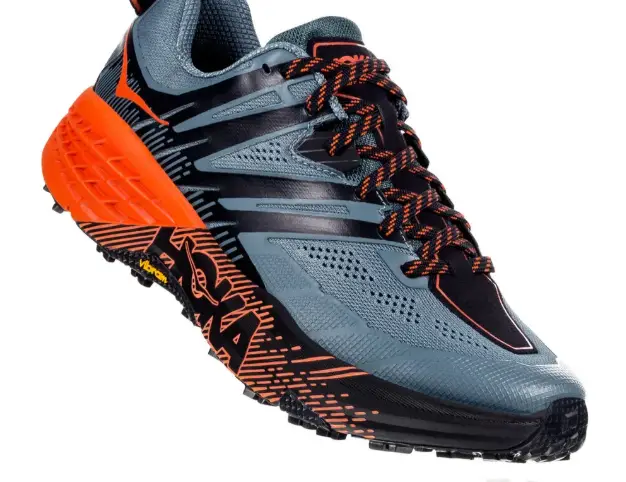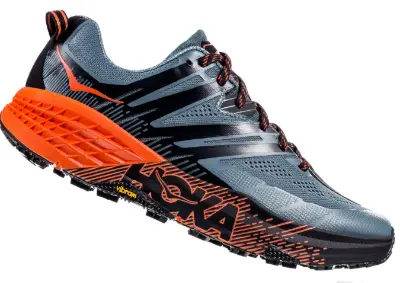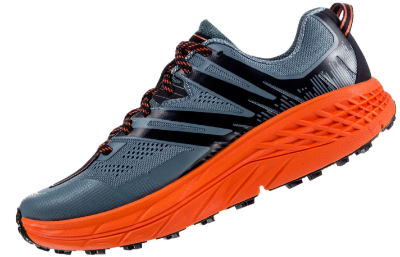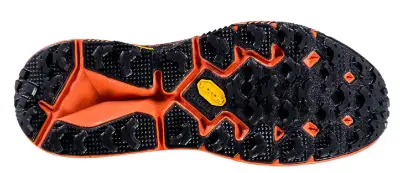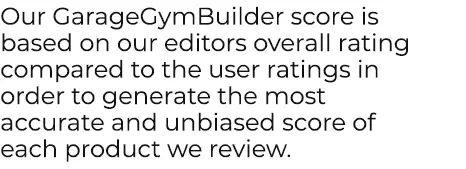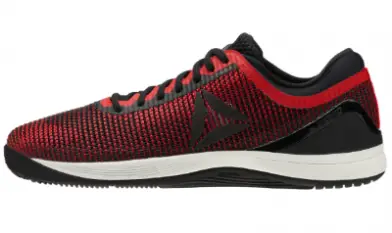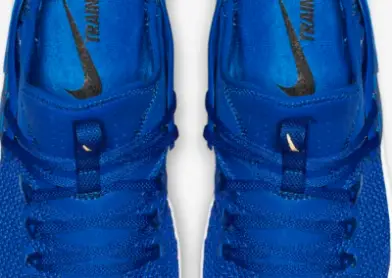Hoka One One Speedgoat 3 Review
Hoka started out as two veteran trail runners who wanted to make a shoe that would help them run downhill faster. If you’re an urban runner or walker, like your editors, it sounds like a strange goal. But, since mountain races include substantial downhill portions, such a shoe would help athletes by giving them faster finish times.
The result was a distinctive thick sneaker with a silhouette that, once you see it, you will forever identify with the Hoka brand. The shoes always have HOKA emblazoned across the upper, right above the chunky traction soles. It was an audacious choice for an upstart company. It worked. Today Hoka is a beloved brand that many runners choose over the more established names.
The Speedgoat 3 follows Hoka design norms with that thick, irregularly shaped sole. Hoka has had years to figure out maximum cushioning with minimum weight. The Speedgoat 3 makes you feel faster, lighter, and more protected as soon as you lace it up. These aren’t zero drop or flat bottomed shoes; in fact, Hoka soles remind us of rocking chairs. But the difference between heel and toe is small, and the rounded shape compliments your gait and pushes you forward under all terrain and weather conditions.
Soles are thick and textured--sticky adhesive for connection to the trail and for balance
Neutral stability will suit most runners
Hoka is famous for cushioning to lessen the impact of technical trails
Shoes can double as road or track runners (not good for lifting weights)
Heel to toe drop is just 4 mm, close to zero drop but not minimalist
It weights just 10 ounces, so keeps you nimble and easy to transport in bag
Hoka offers free shipping, free returns, and a 30-day guarantee on all its shoes
Unusual sole shape, extra cushioning will take some getting used to
Shoe made to be stiff and fit snug; 36 mm heel is unusual and may feel weird at first
Fans of barefoot/minimalist running will definitely need to look elsewhere
The Rundown
The lack of over-the-top promises, though, doesn't mean Hoka shoes are cheap. They are the product of careful engineering and 10 years of responsive innovation. Prior to that, the two founders ran trails for fun and sport. They also helped design snowboards and other winter sports gear. All of that experience and ingenuity reflects in the retail price of the men's and women's Hoka Speedgoat 3. If you run trails regularly, it will be worth the investment to descend even overgrown trails with speed and comfort.
Hoka also makes more road and track-oriented shoes, of course. They all share that unique rocker-shaped, stacked, thick rubber sole and an ample amount of cushioning.
Another Hoka constant is the thickness and traction of their outsoles. The Speedgoat 3 features an asymmetrical pattern of thick, curved lugs set against a textured hard rubber pad. The result is a shoe that will keep you on your feet and moving. Racing down a trail at to speed is exhilarating, and that feeling is at the heart of the sport. But it can also be dangerous, especially if there are unseen rocks and tree roots. Hoka made this shoe to give you peace of mind, helping you beat your best time and compete with friends. You won't be worrying about tripping up or taking a spill. Instead, you can focus on the run and the play while you get stronger and faster.
Materials/Comfort
The upper construction is all synthetic open mesh. It allows air circulation, so your feet don't overheat and bacteria do not have a chance to flourish in the lining. That also means the shoe is not particularly warm during cold weather. The outsole is tough enough to let you glide over snow and slush, but you'll want to get some thick socks to add a layer of warmth. Unlike your favorite battered errand sneakers, you do not want to wear the Speedgoat 3 without socks. There is too much chance of chafing, and your foot sweat can cause damage to this expensive, engineered performance tool.
On the sides of the shoe, you will see the familiar lace cradle straps. They make for a tight-fitting experience, hugging your midfoot the same way a pair of Rollerblades does. The laces are standard flat textiles, with colors that compliment and accent the rest of the shoe. It would be simple to turn them into speed laces with an aftermarket kit, letting you pull on bungee laces so that the Hokas become like slip on's.
The toe box is not as snug, so you can wiggle your toes and use them for added stability. If you like to feel and connect with the ground beneath you, the Speedgoat will not be your new best friend. The extra-thick soles and abundance of cushioning mean you will connect with the shoe, not the ground. It is a matter of personal preference and running style, though we will always say thicker soles are safer on trails. They protect you from anything jagged that may be lying on the ground. The protection and comfort also let you wear the shoes for extended periods, making them suitable for hikers as long as you don't need the ankle stability offered by hiking boots.
Extra Features
TPU or thermoplastic polyurethane is a plastic made of co-polymers. One of them is always polyurethane. Like other new wave plastics, TPU is heat-treated during manufacture. This helps give it heat resistance, as well as elasticity, cut and grease resistance, and the ability to mold to human feet while never losing shape or firmness. In a midfoot or heel cup TPU bed, the plastic is separated from your feet bu the stitched fabric or insole material that makes up the inside of the shoe.
What this means for the Hoka Speedgoat 3 is that your feet will rest on a solid polymer foundation that is extremely durable and firm, with the appropriate amount of "give" so you don't get footsore or uncomfortable. The midfoot plate is shaped similar to your foot, emulating any insole you would buy at a store. And it is separated from you by Hoka's trademark layers of cushioning. The payoff is a supportive ride that will not wear down for a long time, supporting you through all your trail running or neighborhood adventures. Yes, this shoe is so comfortable that it will integrate itself into your life. You won't want to save it just for the trail. Your editors speak from experience! We have all tried out Hoka sneakers at different times and are pleased with the ride.
Who It Is For
The Final Word
If you are a trail runner, and you know you will make regular use of them, we highly recommend the Hoka Speedgoat 3. It is grippy, lightweight, breathable, and provides enough midfoot lockdown to keep you safe and minimize foot injuries. While plantar fasciitis is a long-term condition that requires compression, rest, and TLC, shoes like the Speedgoat 3 have enough cushion to keep you moving even with that issue.

